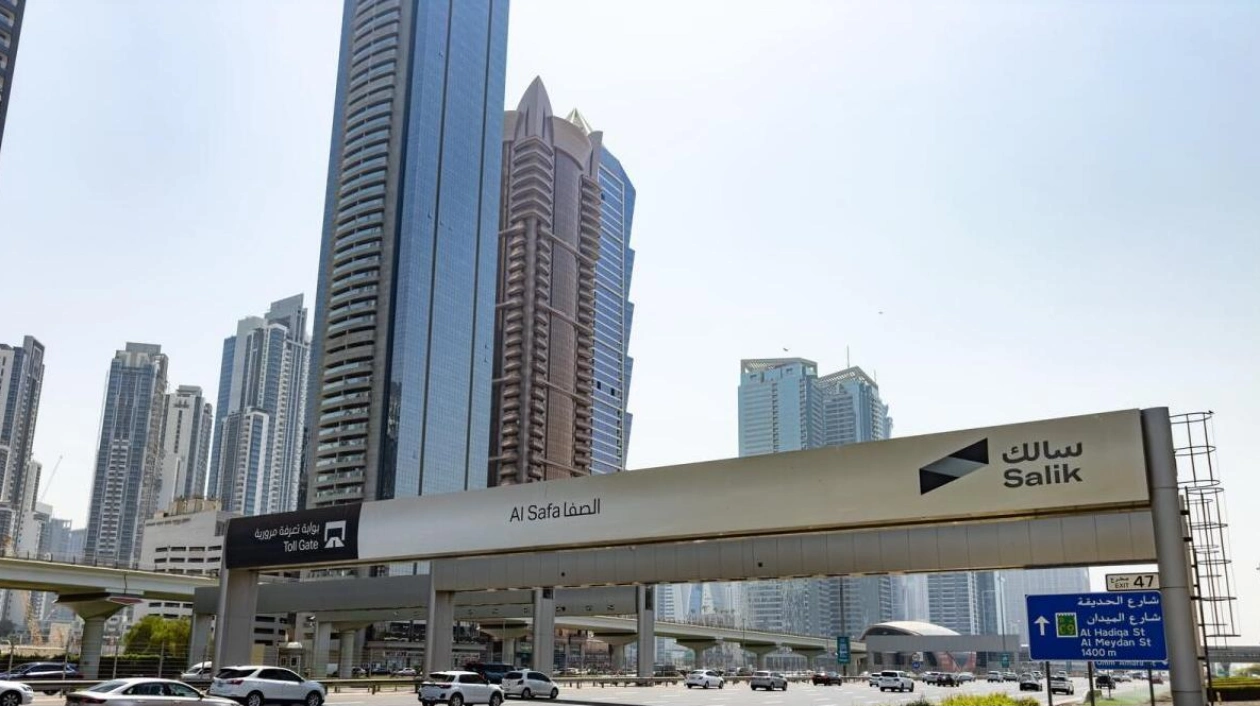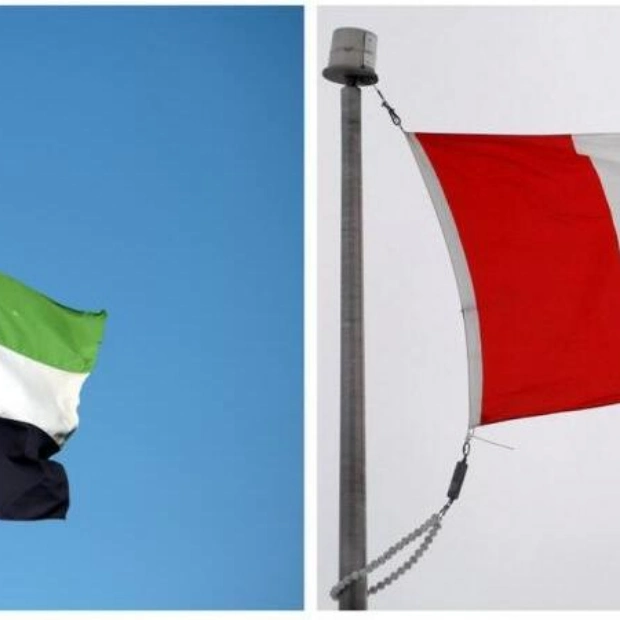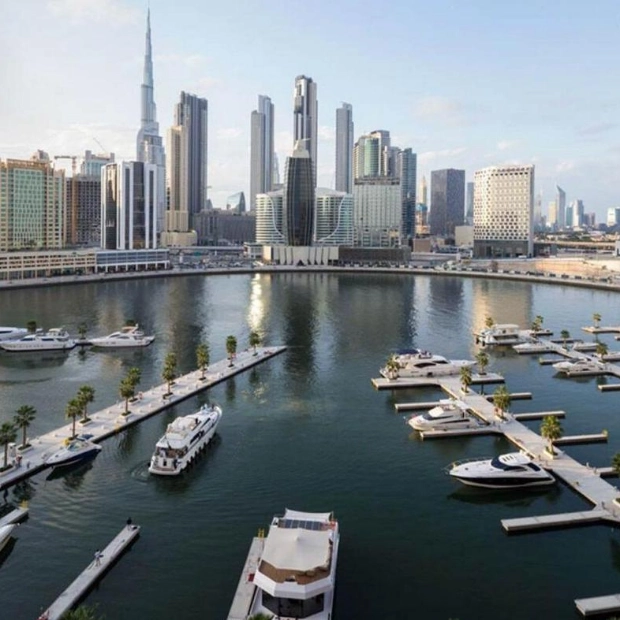KT Photo: Neeraj Murali
Earlier this month, Dubai's exclusive toll gate operator, Salik Company PJSC, firmly refuted a viral social media post claiming the imminent implementation of dynamic pricing for toll gates in the emirate. The post suggested varying toll amounts—ranging from free to Dh8—based on off and peak hours, supposedly to coincide with the activation of two new Salik gates next month. Salik clarified that the information was entirely false. However, this isn't the first time the concept of dynamic toll pricing has been proposed to alleviate congestion on Dubai's busy roads. In September 2022, Salik hinted at the possibility in its IPO announcement, stating that the Roads and Transport Authority (RTA) could optimize toll rates based on the time of day, potentially charging higher fees during peak hours.
Currently, Salik charges a fixed fee of Dh4 each time a vehicle passes through any of the city's toll gates. The company has previously mentioned that dynamic pricing structures are being considered for future changes, including flexible tariffs or increasing the number of gates to manage traffic. The final decision on this matter lies with the Executive Council of Dubai.
Managing Dubai's roads is crucial, especially as the city's population is expected to reach 4 million by 2026. The question arises: Can dynamic toll gate pricing help reduce traffic congestion in Dubai? Dr. Monica Menendez, Associate Dean of Engineering for Graduate Affairs at New York University Abu Dhabi (NYUAD), believes it is possible, especially initially, that some drivers might alter their behavior to avoid higher toll prices. They might choose different travel times, opt for alternative routes, use other modes of transportation, or even cancel trips altogether. This could lead to reduced congestion on certain roads, particularly those with tolls.
Dr. Menendez explained that dynamic toll gate pricing involves fluctuating toll rates throughout the day, designed to manage demand variations and influence travel behavior. During peak traffic periods, higher toll prices could discourage travel, while lower or no tolls during off-peak times could encourage travel then. Major cities like London, Stockholm, Singapore, and Abu Dhabi have successfully implemented such systems.
Dr. Menendez, who also directs the Research Centre for Interacting Urban Networks, noted that dynamic pricing could not only decongest roads but also fund road infrastructure projects. Revenue from tolls could be reinvested into improving roads and public transport services. Additionally, dynamic tolls might motivate people to adjust their travel habits, potentially reducing traffic and benefiting remaining drivers by decreasing congestion.
However, Dr. Menendez emphasized that dynamic pricing might only benefit drivers with access to alternative transportation or flexible schedules. Complementary strategies, such as promoting flexible working hours and expanding public transport options, are crucial. Shweta Gandhi, an urban planning and strategy associate consultant at Kearney, previously stated that toll gates alone are not highly effective in reducing traffic congestion. She noted that while dynamic pricing seems feasible on paper, its limitations in Dubai, where public transport alternatives are not always practical, make it more of a financial burden than a traffic solution.






